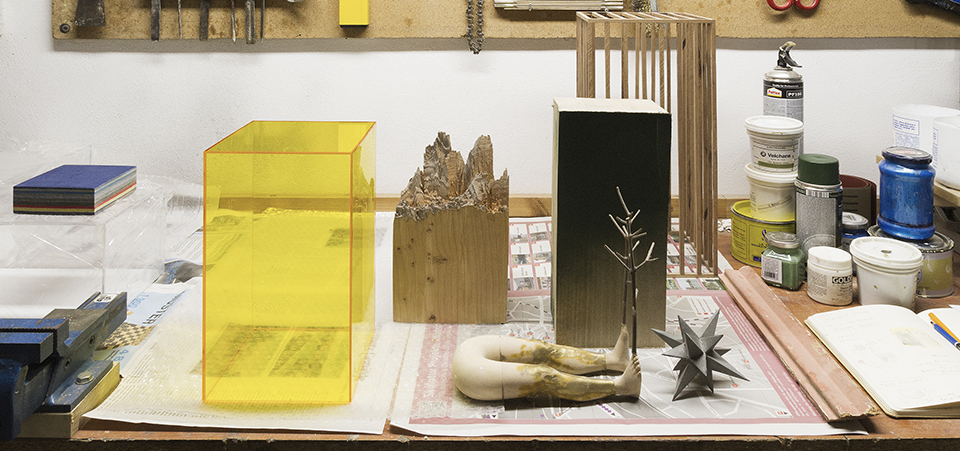In 1908 the German biologist and neurologist, Richard Semon, wrote Die Mneme, an essay which we remember today for having introduced a neologism destined to change forever the idea of memory, both biological and neurological.
That neologism is engram, and it describes the trace that every external event imprints on the cellular memory of an individual, but also on the memory tout court. The revolutionary aspect of Semon’s intuition is the hereditary nature of the engram. In other words, the trace of events is not limited to being incised in the single individual mind: the engram has the power to convey information from generation to generation.
This theory has had unexpected and very significant repercussions in the art world. Aby Warburg, as we know, extended the use of the concept coined by Semon to the cultural memory of the West, explaining in this way the transmission of the so–called “pathos formula”, that is, archetypical images that survive in the specific creations of different epochs and socio–cultural contexts. It’s intriguing that in Andreas Senoner’s intentions the idea of Heritage seems to dialogue more with the biologist Semom than with the art historian Warburg: indeed, it arises from a declared curiosity about the biological meaning of the word “heritage”, that is, the intrinsic property of living beings to transmit to their descendants their own specific form and their own individual features.
Looking for the engram in Andreas Senoner’s ten new sculptures might just be the best way to interpret an exhibition in which the artist symbolically retraces his memory, in the quiet atmosphere emanating from the walnut, cypress and limewood. Moreover, the material chosen by Senoner as a mnemonic support could only be wood, the absolute engram on which are imprinted the grooves of time and from which the forms arise, the colours light up and the textures combine. Wood is the place in which all the other engrams take shape. Filtered through a yellow plexiglass case, the sharp edges of the Dolomites in Showcase: Childhood render a visual impression of the artist’s childhood.
Elsewhere, in Layers, the stratifications that pattern the section of wood seem to reproduce, in the self–portrait sculpted by the artist, a topography in relief, a symbolic fusion of the places encountered in life that model the face and the mind, leaving signs that can only be reconstructed in retrospection. Introspection and retrospection are the two trajectories of a work like Skins, in which the wood disappears altogether, while in its place is a block of stratified fabrics, echoing Hunderwasser’s theory of the five skins, which Senoner had explored in his previous exhibition.
In this case, too, it’s clear how the traces of a past reflection persist through time and help forge an entirely new idea in the artist’s production, especially if we consider that the coloured fabrics composing the work come from clothes worn by Senoner over the last ten years. Perusing the other works – for instance, the suspended limb in Ex–voto, or Culmination, a self–portrait covered in black feathers that follow the anatomical contours of the facial muscles – we have the sensation of walking amongst spectres. At heart, Heritage is the artist’s personal hauntology – referring not so much to Jacques Derrida, who coined the expression, as to Mark Fisher’s interpretation of it – in short, the materialising of that which is no longer, but which, even while not being, continues to exercise power and to transform the individual’s present.
